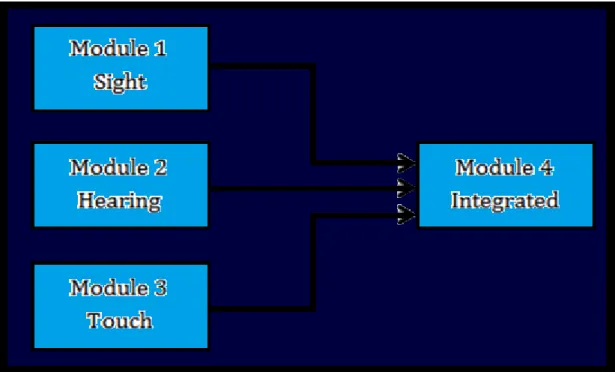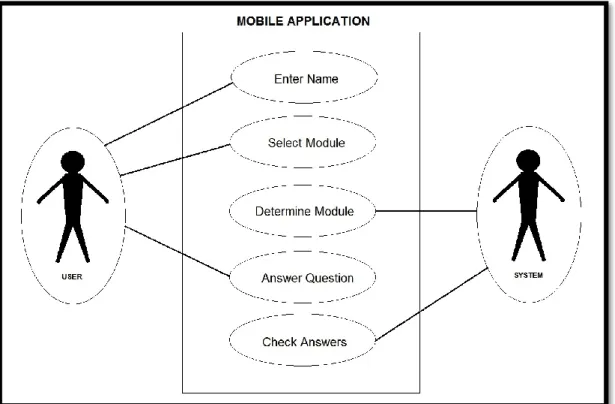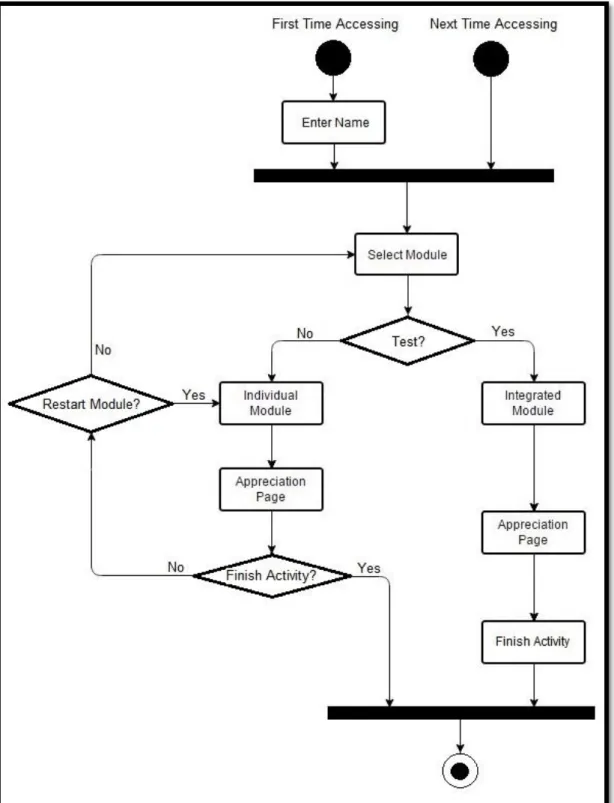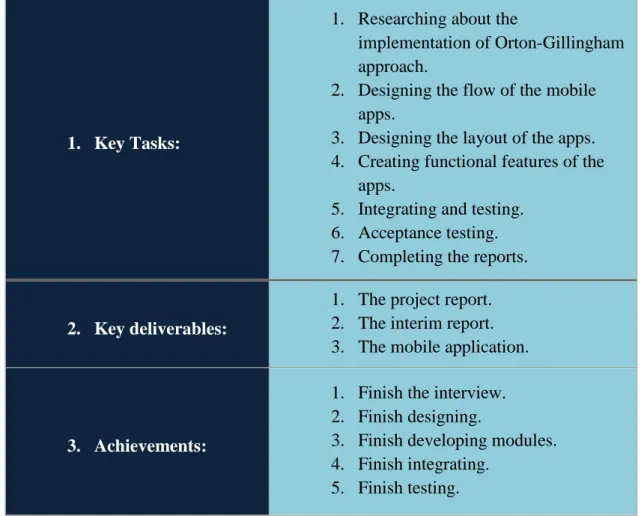The mobile application platforms are like a marketplace in which the sale of mobile applications takes place. The platforms started gaining popularity after they appeared in 2008 and are typically operated by the owner of the mobile operating system. In a usual way, the mobile applications will be downloaded from the above mobile application platform and installed in the corresponding device in which the operating system is installed.
THE ORTON-GILLINGHAM APPROACH
Some of the statistics from the survey say that 70% to 80% of people in the world who happen to have poor reading skills most likely have a dyslexic condition. The survey also found out that the number of men and women in the world suffering from the dyslexic condition has almost the same percentage. The Orton-Gillingham approach has been used in the education of dyslexic children around the world since the 1930s.
PROBLEM STATEMENT
OBJECTIVES
SCOPE OF STUDY
The mobile app will basically be operated without an assistant from other external applications. So the device in which the mobile app works only needs to have an operating system and a database or memory for the mobile app to store some data.
LITERATURE REVIEW
LEARNING WITH ASSIST FROM MOBILE TECHNOLOGY
MOBILE APPLICATION FOR DYSLEXIC CHILDREN
The approach was designed to meet a criterion whereby all learning paths; seeing, hearing, feeling and awareness of movement, brought together in a series of tasks. The tasks are designed by the teacher and tailored to the needs of the student. The approach is diagnostic in that the instructor continuously monitors the student's verbal, nonverbal, and written responses to identify and analyze both student problems and progress.
Meanwhile, the approach is prescriptive in the sense that it will include instructional elements based on the student's progress recorded in the previous lesson. The approach uses systematic phonetics by emphasizing the alphabetic principle in the early stages of reading development. The best way to implement the approach so that it conforms to systematic phonetics is to take advantage of the sound-symbol relationships inherent in the alphabetic writing system.
In other words, the approach involves the student in integrative practice that requires reading, spelling and writing together at all times. The approach helps to increase language competence by emphasizing the language patterns that determine word order and sentence structure and the meaning of words and sentences. The approach recommends that a close teacher-student relationship should be built to strengthen students' self-confidence based on their success.
The approach aims to ensure that students can truly understand the reasons for what they have learned.
METHODOLOGIES
PRELIMINARY STUDIES AND PLANNING
In order to understand the implementation and application of the Orton-Gillingham approach in the education sector in Malaysia, especially for children with dyslexia, the most appropriate and reasonable step is to interview a teacher who cares for students with dyslexia in Malaysia. In addition to the various techniques he needs for learning, a student with dyslexia also needs a special workbook and textbook when learning. The images above show a sample workbook that Puan Hanifa Bibi has redesigned so that children with dyslexia can use it in learning at school.
This is one of the reasons I came across to continue with my project. Besides conducting the interview with the teacher who handles the dyslexic students in Malaysia, in order to complete the research to understand the implementation and use of the Orton-Gillingham approach, I need to review previous research papers that have been done on the topics related, revise. to this study. Although most of the research has been made available for public access and can be easily downloaded from the online platform, some of the papers have a lot of medical jargon which makes it a very difficult task for me to go through the papers.
Despite all this, I managed to find and understand a number of research articles related to the topics of this study. After completing the research portion, I finally managed to understand the approach emphasized in the Orton-Gillingham approach. The approach also emphasizes on utilizing the child's very important sense in the learning process to ensure that he or she can easily fully understand the material.
The most important thing of all is that the founder of the approach really wanted to make learning, especially language learning, a simple and fun activity for children with dyslexia.
ANALYSIS AND DESIGN
There will also be a small and local database in the device where the child's data and progress will be stored. This data will serve as a starting point, where the child's learning activities will be tailored. Each child has their own progress, and when they log into the mobile apps, they can enter their name and then the mobile apps decide which module the child should use to give more focus.
Apart from the flowchart, there are other diagrams that I have developed so that you can better understand the operation, flow and activities of the mobile application. From the use case diagram above, we can see that only two actors are involved during the execution of the Dyslexia Child Aide mobile application. The user and the system interact in the mobile application and the interactions result in the mobile application achieving its intended purpose, which is to help children learn languages.
The system, in this context, acts as the enforcer or the authorities that determine which module should be done by the children; ie if the child chooses Module 4 or the integrated module. The system also acts as an examiner who will check the answer given by the children and give credit to the child if he answers correctly. After completing and finalizing the flow, operation and activities in the mobile app, I follow the app design process by sketching out the layout of each page in the app.
All buttons and gestures are highlighted, and the actions performed by individual buttons and gestures are highlighted.
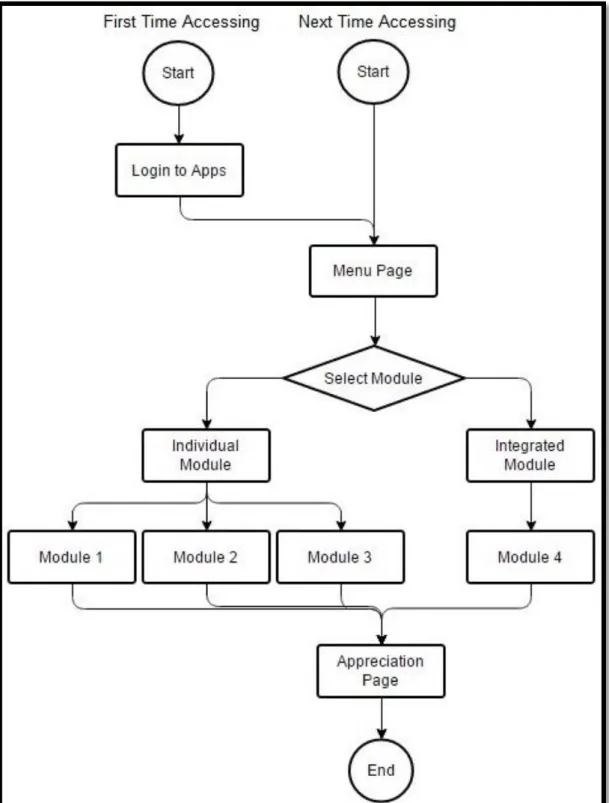
DEVELOPMENT AND IMPLEMENTATION
After deciding on the tool I will use to develop my mobile app, I have moved on to developing the app itself. During the development process, I have outlined several important milestones to be able to measure the progress of my development process.
Key Tasks
Key deliverables
Achievements
TESTING AND EVALUATION
The tests were also done because the main purpose of the mobile app is to see the human and computer interaction between the dyslexic children and the mobile app. This is due to the language used in the mobile app, which is the English language. Once they got comfortable using the mobile app, they started having fun with it.
When using the mobile app, one student controls the app and another student becomes the observer. This is to ensure that the student is actually doing the activity in the mobile app and not playing games on the device. To get the teacher's approval, the mobile app was also given to her to use.
The data, which is the reactions and feedback from users, which are the teacher and students, is very important in the testing process because it will determine whether the mobile application is a success or a failure. Besides going to the special education class, the mobile application was also tested by a general public user. As always, their reactions and feedback were also recorded as a data for further improving the mobile application presentation.
A rating form has been prepared and testers can give their opinions about the mobile app.
RESULT AND DISCUSSION
In addition, the mobile app can also be personalized based on the child's progress. The continued use of the mobile app will eventually create the pattern of data that can be analyzed to determine the child's progress. The problems they face are only the first use of the mobile app.
I also asked them if the mobile app is good for them and they both said yes. Very Good 10/10 Table 4 records the responses and observations of the subjects on the mobile app. I taught her how to use the mobile app and she uses the mobile app right away.
After completing the test, she says that the mobile app is really good and very suitable for students to use at home. Apart from the above problems, Puan Hanifa Bibi seems impressed and stated that the implementation of the mobile app will be a great catalyst for the dyslexic children to succeed in primary school. Very good 10/10 Table 5 records the reactions and observations of Puan Hanifa Bibi towards the mobile app.
Some of them also said that the mobile app is easy to use and the graphics and color are a good choice.
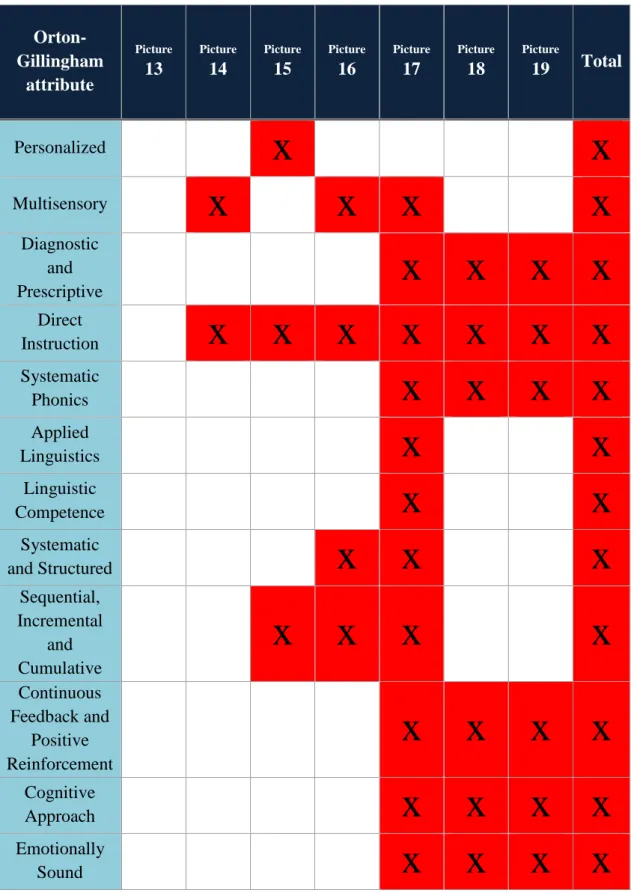
CONCLUSION
To develop the mobile app, the first thing I did was research and find paper or mobile apps from various sources. This is so that I can really understand the subject in depth and really know what I am doing and what I need to do. To develop the mobile app, I need to learn and become familiar with the SWIFT programming language, besides learning how to use the Xcode programming tool.
It is certainly not an easy task as I have a knack for confusion in learning a new programming language. Testing the mobile app is also a challenge because I have to meet unknown people and interact with them. It's not the norm for me to meet new people, but for the sake of completing the mobile app, I've practiced and managed to meet and curry favor with new people.
By doing the testing, I underwent a lot of unexpected and good experience to test the first plan, which is the preferred test to be scrapped as the conditions and time do not allow it. I ended up having to redo my test plan from scratch and all that experience made me a better person. All things considered, I can honestly say that the experience of doing the Final Year Project helped me develop many things in my life.
The success of the Dyslexia Child Aide mobile app shows how much effort I put into the project and I hope it will be rewarded with a good rating for this project.
APPENDICES
